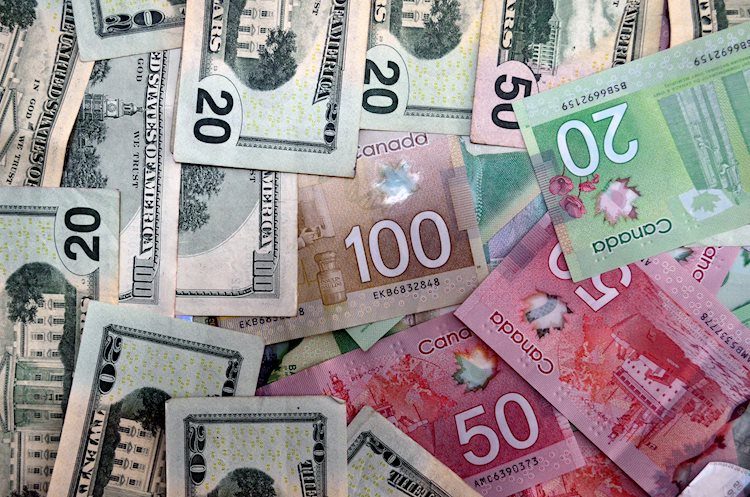The USD/CAD pair has been experiencing a decline as it edges lower from its three-month high of 1.3929, currently trading around 1.3910 during the European session on Wednesday. The Canadian Dollar (CAD) is receiving support from improved Oil prices, as Canada is the largest crude supplier to the United States (US). West Texas Intermediate (WTI) Oil price is rebounding around $67.70, driven by an unexpected decline in US crude inventories, which fell by 0.573 million barrels in the previous week. Investors are now awaiting the EIA crude Oil stockpiles report to be released on Wednesday.
On Monday, Bank of Canada Governor Tiff Macklem provided insights into the recent substantial interest rate cut, justifying it as necessary following years of sharp rate increases to combat inflation. Macklem is expected to discuss the bank’s monetary policy before the House of Commons Finance Committee on Wednesday. The decline in the USD/CAD pair can also be attributed to the weakening US Dollar (USD) due to lower Treasury yields. The US Dollar Index (DXY) is trading around 104.10, with 2-year and 10-year yields on US Treasury bonds at 4.07% and 4.22%, respectively.
Traders are closely monitoring upcoming releases of preliminary US Q3 Gross Domestic Product (GDP) figures, October’s ADP Employment Change, US PCE inflation, and Nonfarm Payrolls (NFP). These data points could provide valuable insights into the anticipated rate cuts by the Federal Reserve (Fed). Key factors influencing the Canadian Dollar include interest rates set by the Bank of Canada, the price of Oil, the health of Canada’s economy, inflation, and the country’s Trade Balance. Market sentiment, the US economy’s health, and macroeconomic data also play significant roles in the movement of the CAD.
The Bank of Canada (BoC) has a substantial impact on the Canadian Dollar by setting interest rates that can influence credit conditions. The BoC’s goal is to maintain inflation between 1-3% by adjusting interest rates, which can affect the value of the CAD. Higher interest rates are typically positive for the CAD, while quantitative easing and tightening can also sway the currency’s value. Oil prices directly impact the CAD due to Canada’s reliance on Oil exports, with higher prices usually boosting the CAD value.
Inflation, traditionally seen as negative for a currency, can actually have a positive effect in modern times with increased global capital inflows. Higher inflation leads central banks to raise interest rates, attracting more capital from investors seeking profitable locations. This heightened demand for the local currency, the Canadian Dollar in this case, can strengthen its value. Macroeconomic data releases, such as GDP, employment figures, and consumer surveys, are crucial indicators of the economy’s health and can influence the direction of the CAD.
Overall, the USD/CAD pair’s decline is attributed to various factors, including the strengthening of the CAD from higher Oil prices and the weakening of the US Dollar due to lower Treasury yields. Traders are closely monitoring upcoming economic data releases for insights into potential Federal Reserve rate cuts. Key factors driving the Canadian Dollar’s movements involve interest rates set by the Bank of Canada, the price of Oil, macroeconomic data, and market sentiment. Understanding these factors can help traders navigate the fluctuations in the USD/CAD pair and make informed decisions in the currency markets.











